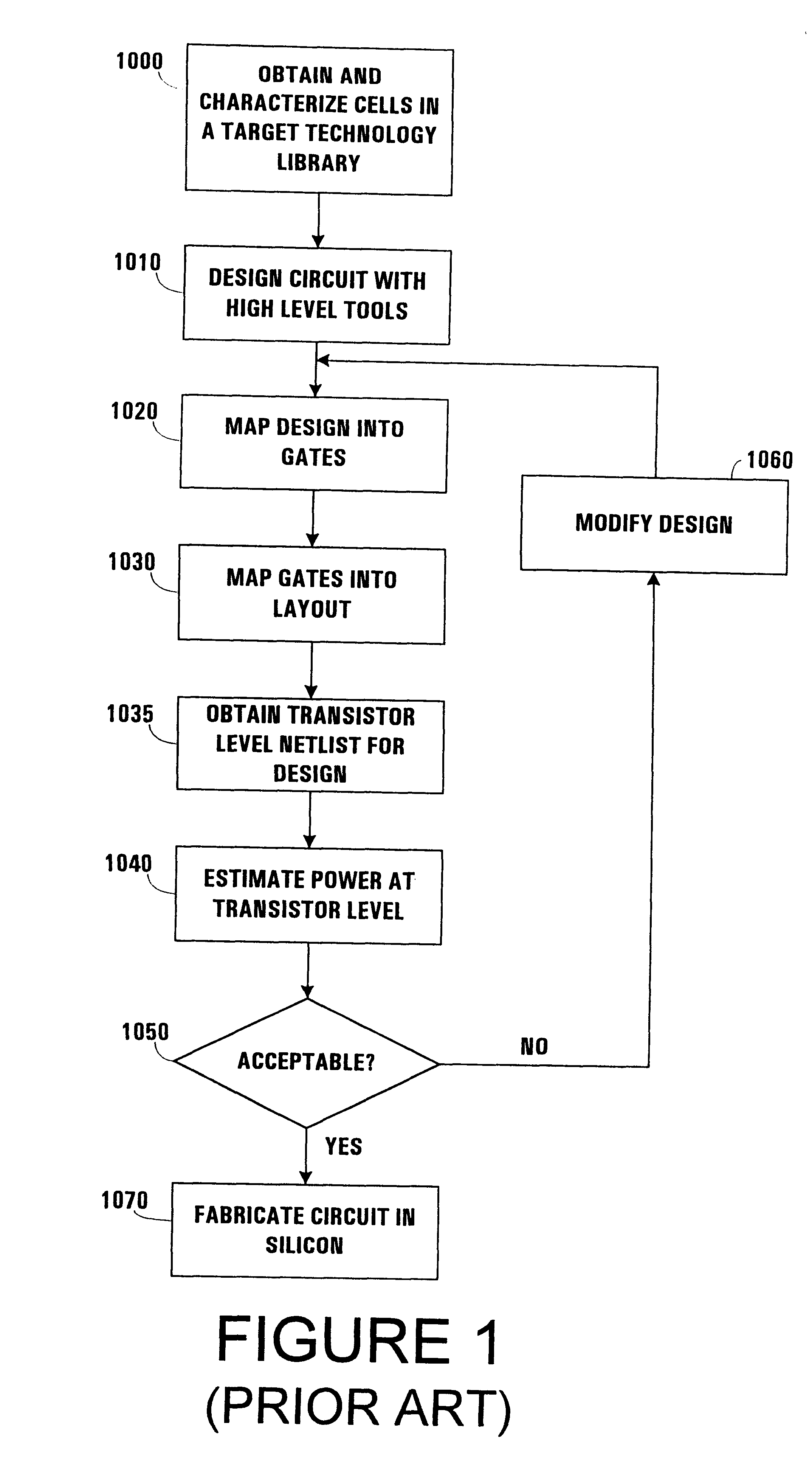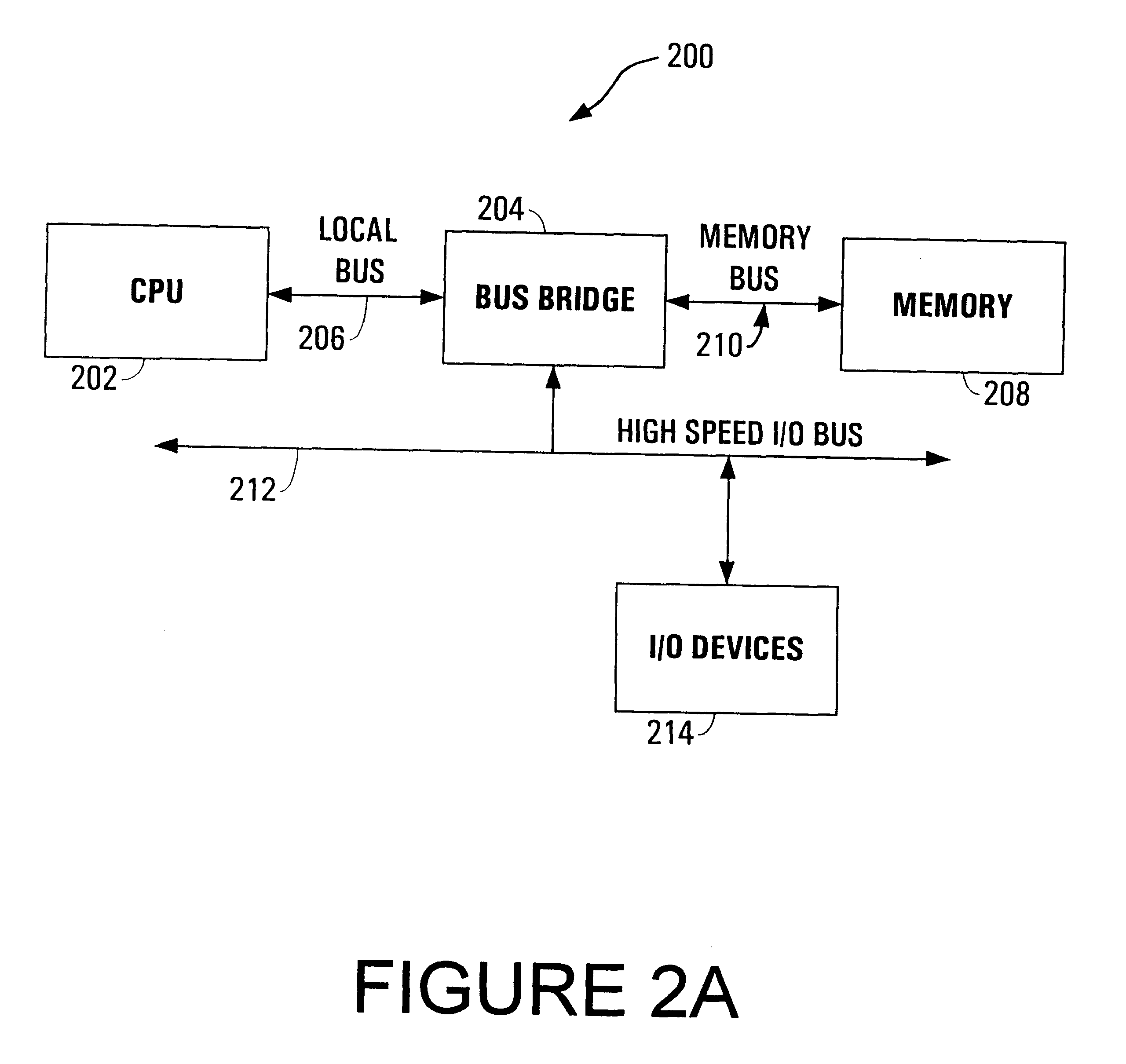Method and apparatus for estimating internal power consumption of an electronic circuit represented as netlist
a technology of electronic circuits and power consumption, applied in the field of methods and apparatus for estimating internal power consumption of electronic circuits represented as netlists, can solve the problems of limiting the use of this type of technique, requiring a substantial amount of computation time to analyze the design, and power estimation will not provide meaningful guidance to the designer, so as to reduce the run time of probabilistic analysis considerably, the effect of increasing the size of the circuit that can be evaluated
- Summary
- Abstract
- Description
- Claims
- Application Information
AI Technical Summary
Benefits of technology
Problems solved by technology
Method used
Image
Examples
examples
The following example shows a simulation period of 1320 in which 33 net toggles were recorded. A static probability of 0.015 is set. Note that the internal toggle rate computed is (toggle_rate / clock_period=33 / 1320=0.025).
dc_shell>set_switching_activity -period 1320-toggle_rate 33 -static_prob 0.015
all_inputs()
The following example shows how the same values can be set using the -clock option.
The example assumes that a clock named CLK has been created with a clock period of 20. Note that the internal toggle rate computed is (toggle_rate / clock_period=0.5 / 20=0.025).
dc_shell>set_switching_activity -clock CLK -toggle_rate 0.5 -static_prob 0.015 all_inputs()
The following example shows the use of set_switching_activity to set activities on internal nets in the design by referencing a pin. Typically, this is the best way to back-annotate simulation toggle rate information.
dc_shell>set_switching-activity -clock CLK -toggle_rate 0.005 find(pin, "ASM / CURRENT_STATE_reg[0] / QZ")
PUM
 Login to View More
Login to View More Abstract
Description
Claims
Application Information
 Login to View More
Login to View More - R&D
- Intellectual Property
- Life Sciences
- Materials
- Tech Scout
- Unparalleled Data Quality
- Higher Quality Content
- 60% Fewer Hallucinations
Browse by: Latest US Patents, China's latest patents, Technical Efficacy Thesaurus, Application Domain, Technology Topic, Popular Technical Reports.
© 2025 PatSnap. All rights reserved.Legal|Privacy policy|Modern Slavery Act Transparency Statement|Sitemap|About US| Contact US: help@patsnap.com



